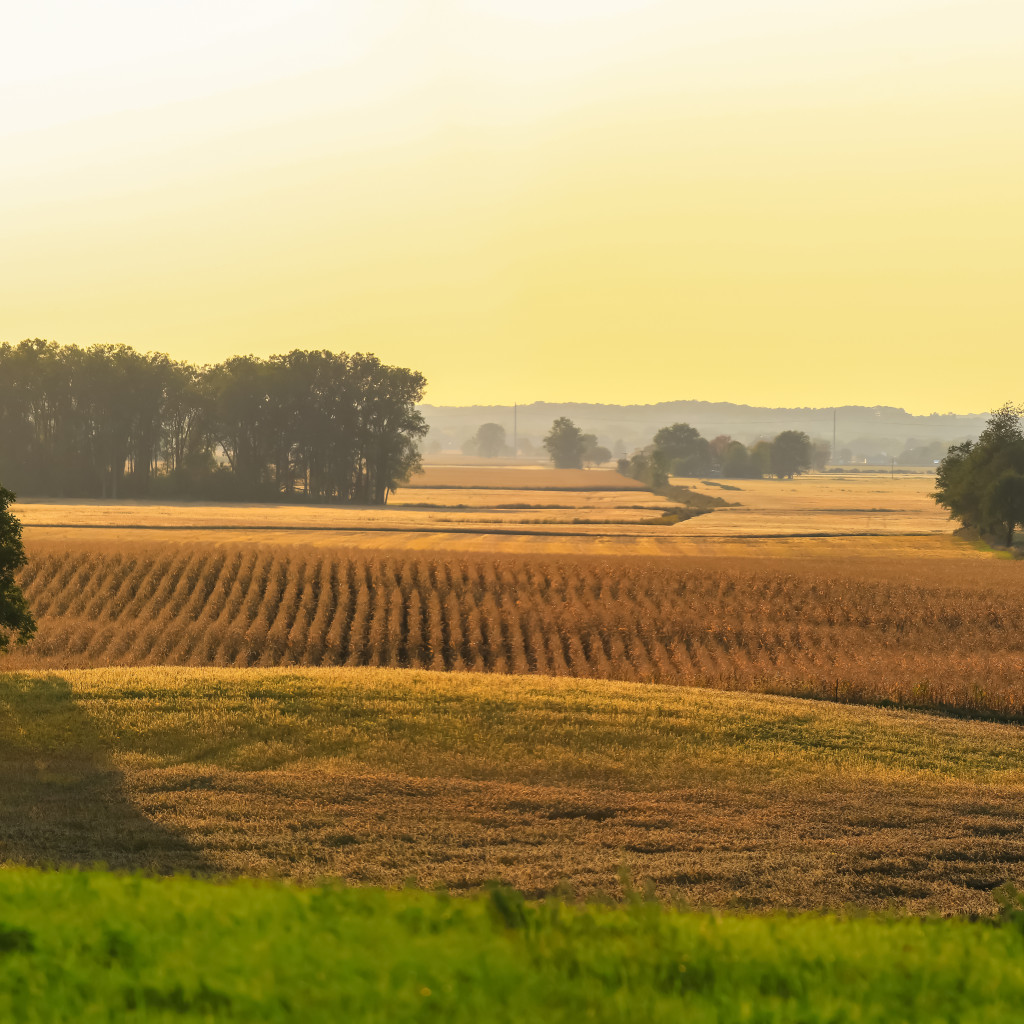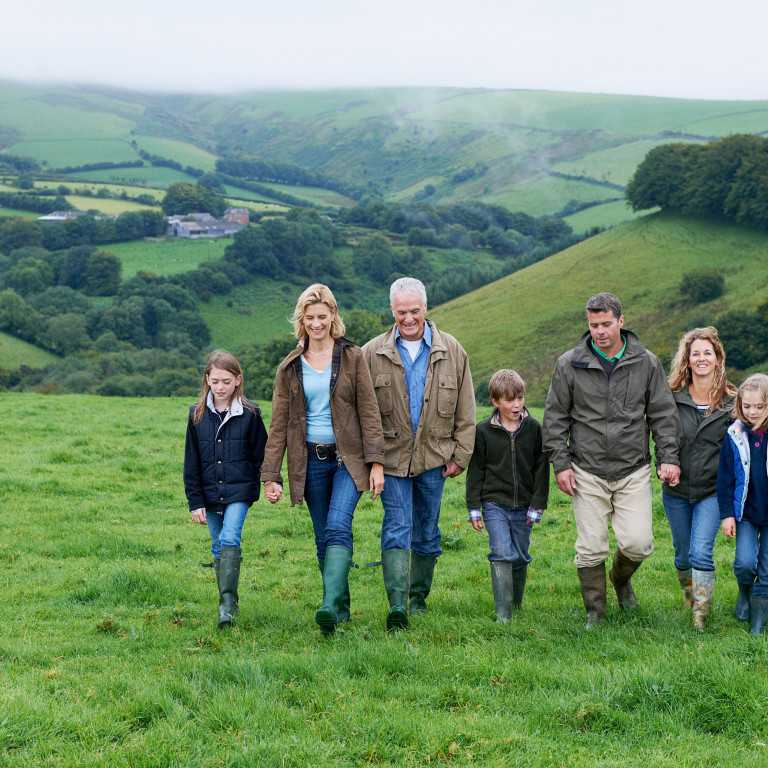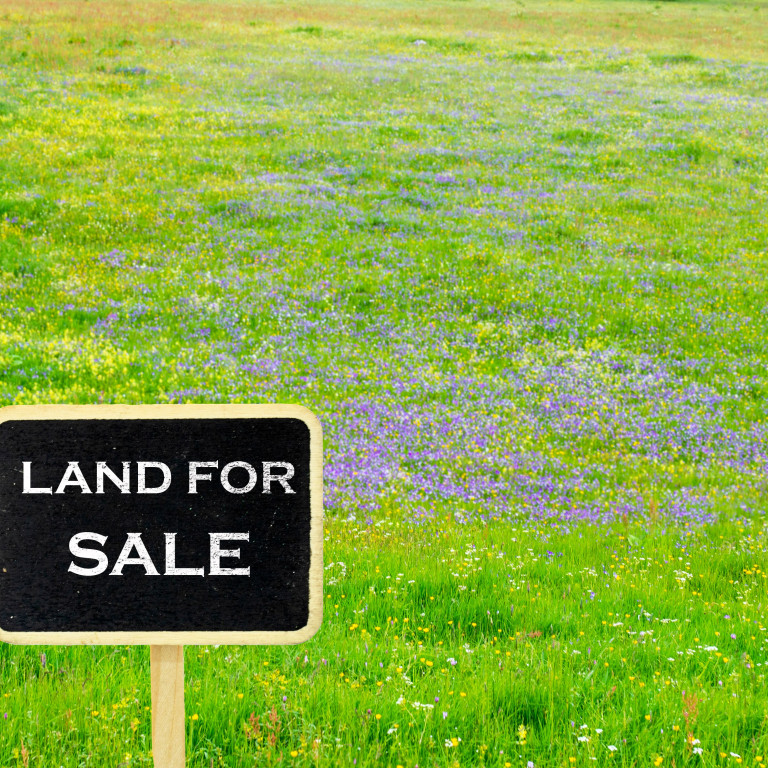One of the joys of living in the southwest is the access to the countryside that can be enjoyed. Many people will make regular use of the network of paths and trails - for the morning dog walk, for a lengthy weekend ramble, or perhaps for something as simple as a shortcut to school – without ever giving their existence much thought.
What is a public right of way?
As the name suggests, a public right of way is a type of highway that is freely accessible by the public. (Note that this is in contrast to a private right of way that may exist over land). Just like much of the highway network, a large part of the public rights of way network passes over and through land that is privately owned.
What types of public right of way are there?
How the public can use any given stretch of public right of way depends upon the categorisation that any given part of the network has been given. Footpaths can legally only be used on foot or with mobility scooters or wheelchairs, whilst bridleways can be used (as the name suggests) by horse riders, but also by cyclists and on foot (or with mobility scooters or wheelchairs). Some routes may be classed as byways – whether as restricted byways or so-called ‘BOATS’ (byways open to all traffic).
There are other routes that the public may also use – designated cycle trails, or ‘permissive paths’ (which are used with the consent of the land owner, but which are not formally designated as ‘highway’), being the 2 most common. However, these are not formally public rights of way.
Where can I find information about the public right of way category?
Depending upon the geographic location, either the local county, unitary, or metropolitan district council will hold a ‘definitive map’ that shows the route of recorded public rights of way and the nature of that right. That map is freely accessible by the public (and most are available online).
It is important for land owners to be aware that the category given to any particular stretch of a public right of way can however change. Councils are under a duty to keep their rights of way network under continuous review. As part of that process, if the evidence is produced which demonstrates e.g. that a footpath has been freely used by horse riders for some years, then the categorisation may change under a process known as ‘modification.’ New routes can also be added.
If you are a landowner, either the creation of a new public right of way or a change in the nature of an existing public right of way may not always be welcomed so monitoring the use of land carefully is important. Further, there is a statutory process that enables landowners to deposit ‘statements’ with the council, declaring they have no intention of creating any new public rights of way on their land. If you would like further advice, we would be happy to assist.
The next in this series of insights will explain the implications on land owners where a public right of ways is present on their land.
Find out more
For any further help or advice please contact our expert lawyers.






